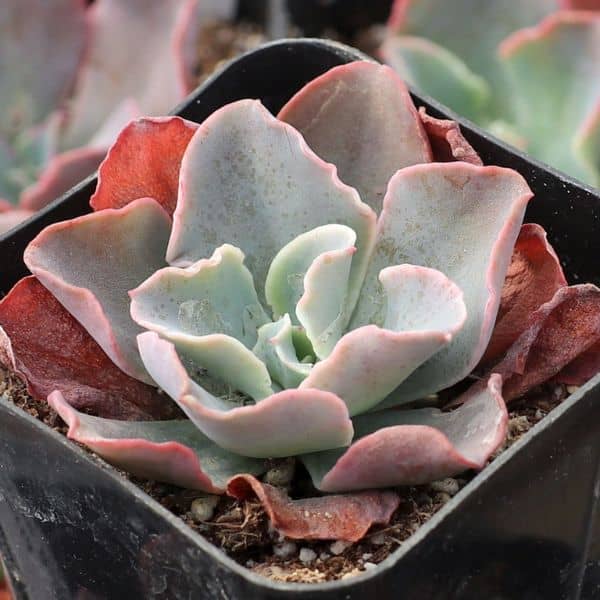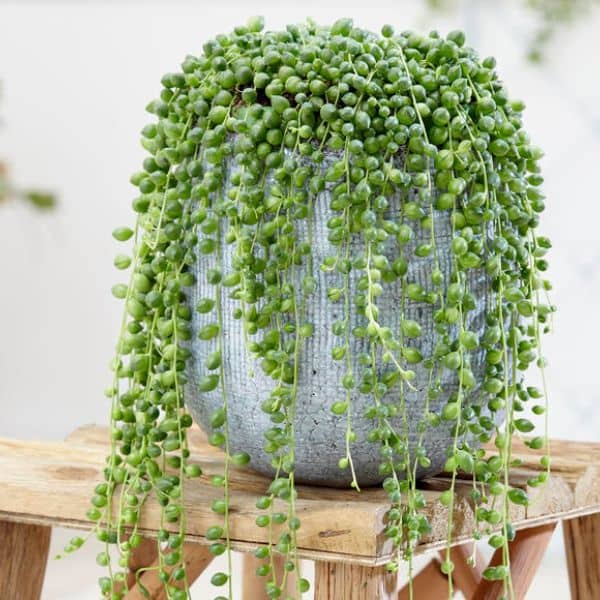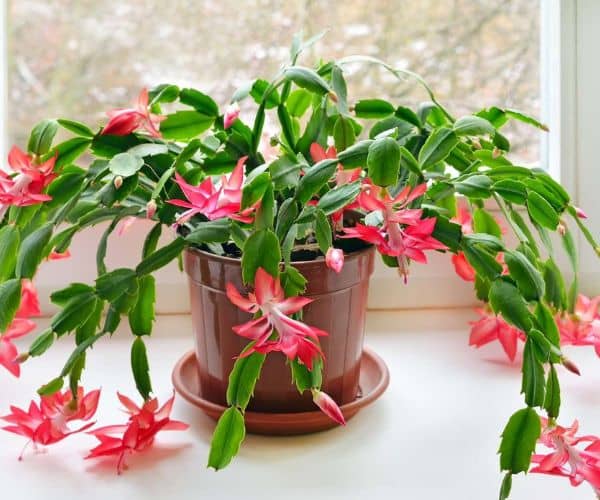Succulents are one of the most widely used indoor plants because of their simple conditions for growth and the rich presence of varieties with different forms, dimensions, and shapes. Most succulents need light exposure, but there are those that are known to grow well even indoors in your living or working environment. An indoor variety of succulents is suitable mainly for new growers or those who do not have direct sunshine in their homes.
If you are new to keeping succulents or want low-maintenance plants, these varieties can tolerate lower light conditions:
1. Snake Plant
The snake plant is another example of common low-light succulents. These plants are mainly of African origin and have long erect shiny, sword-like leaves of wonderful structure. It is a plant that can grow well even in absolutely dark places, having said that, it still needs some light once in 15 or 20 days.

Snake plants are available in green, yellow, and even both types of colors mixed up. They adapt well to very low light levels which makes them useful in shaded areas inside the hose. Make sure not to water them too frequently though, as this can easily lead to overwearing the plants.
2. Jade Plant

The succulent Jade plant also referred to as the money tree or lucky plant, is indigenous to South Africa. These plants have thick, fleshy leaves, and can grow into small trees or shrubs. While Jade plants prefer bright indirect light they can tolerate low light conditions and are relatively easy to care for, which makes them a great choice for beginners or those who have limited space.
3. Gasteria

The ultimate succulent house plant, Gasteria is a genus of small, stemless succulents native to South Africa. These plans are known for their rosette-like leaves and distinctive patterns such as white spots, or stripes. This plant is an amazing houseplant as they can tolerate the lowlight, also they can take a bunch of neglect whether you go on vacation and forget to water them or if you accidentally over a couple of times, these ones are really resilient additionally they don’t have a lot of issues with pests.
4. Haworthia
Haworthia contains green foilage with a raised white ridge arranged in round bands in a zebra-like pattern. They remain small in size and their need for a lot of attention is little hence making them to be grown easily by those who are new in the plant-growing business.

Zebra plants can adapt to low light conditions but they tend to lean toward light so, the pots should be rotated regularly to ensure equal distribution of light.
5. Sedum rubrotinctum

Another plant that is relatively easy to grow indoors and is low maintenance is the Jelly Bean Plant (Sedum rubrotinctum). It is best for offices and other places where people want to beautify their office tables or shelves with flowers but cannot have large plants. The chubby green, pink, and red leaves are densely clustered and emerge from pots as if they have been climbing up like beans! Shade is one of those things that jelly beans can take better than when exposed to the sun.
6. Elephant Bush

Elephant Bush scientifically known as Protulacaria afra is a fantastic plant, it is a strong grower even if it’s not in ideal light, it can also handle a lot of water. You will notice a little wrinkling in its leaves when it’s thirsty so that gives you a clue that it’s time to drench it. It needs bright indirect light indoors, but it can also tolerate some direct sunshine, especially in the morning, however, strong afternoon sunlight can burn the leaves.
In terms of light requirements, it prefers bright indirect light indoors but also can tolerate some direct sunlight especially morning sunlight but intense afternoon sun may scorch the leaves.
7. Panda Plant (Kalanchoe tomentosa)

Fuzzy panda plant looks like they belong to the panda family due to their oval-shaped leaves that are covered with tiny white hairs. The hairs on the exterior part give the succulent plant-like feel and the hairs also protect the plant from excessive sun since the pandas require the plant to be in bright indirect light or partial shade. Small pots are ideal for them and they can fit well on a desk.
8. Ruffles (Echeveria Derenbergii)

A variegated echeveria with lobed and ruffled margins of the leaves have pink and red streaks and it has a rosette-like shape. like most of the colored echeverias, ruffle requires some light to keep the colors vivid, though they can endure low light circumstances much better than most of the echeverias.
On the other hand, the leaf color can range from light green to bluish gray often with a reddish or pinkish tinge on the edges mainly when exposed to bright light.
9. String of Pearls or Senecio rowleyanus

This is a rare succulent plant exclusively bearing the name through pea-like spherical leaves on trailing vines. Because of this physical appearence, people will feel compelled to talk with them. A string of pearls, as its name suggests, requires bright indirect light but can survive in low-light areas. The only bad thing about this plant is that the sun burns the leaves so do not expose them directly to sunlight.
10. Christmas Cactus (Schlumbergera bridgesii)
It belongs to the cactus family and blooms during the Christmas period, its flowers range from red, pink, or white. The leaves are large and green and are arranged on a stem in a segmented manner and are scallop edge.

Provide your holiday cactus with low to medium indirect light to help the plant thrive throughout the year. On the other hand, this plant prefers well-draining soil or you can amend regular potting soil with sand or perlite to improve drainage.
11. Pachyphytum

Pachyphytum is one of the small and compact types of succulents that belong to the group of rosette formers that originate from Mexico. These plants are characterized by large fleshy leaves and some begonias come in blue purple or pink. These plants require bright indirect light but they are able to survive in low light for some time. Their leaves are somewhat tender thus they should not vibrate when touched or handled to avoid injuries.
12. Burro’s Tail (Sedum morganianum)
Indeed, being a vine succulent, it is common to point out that is plant possesses fleshy, teardrop-shaped leaves, which hang freely from the stems and therefore make the perfect trailing plant for hanging baskets. It also goes by the name of donkey tail or lamb’s tail with gray-green foliage that turns red with sunlight exposure.

Some of the stems can grow up to 23cm in length but since it is a perennial plant this can get even bigger. Water during its summer growing period whenever the soil gets dry to sustain the appearance of the burro’s tail. It becomes necessary to let the soil become dry between watering during the winter season. This makes growth controllable in conditions of low lighting.
You may like to read more, What Is a Perennial? How to Choose and Care for Perennial Plants!
FAQs
1. Can succulents live without sunlight?
Most succulents are light-loving plants, since they store water in their leaves, though some varieties can remain alive and healthy in low-light environments, in the absence of lights for months.
2. Where can I keep low-light succulents in my house or office?
You can keep your low-light succulents in areas which get indirect or filtered light, they are best suited for locations away from direct sunshine such as north-facing windows or in corners where light is diffuse.
3. How often should I water succulents?
Instead of having frequent, light watering that just moistens the top inch of the soil, succulents should be watered in periodic long water that soaks the soil all the way to the bottom of the pot. Therefore, give your succulent a good soak when the soil is completely dry.
